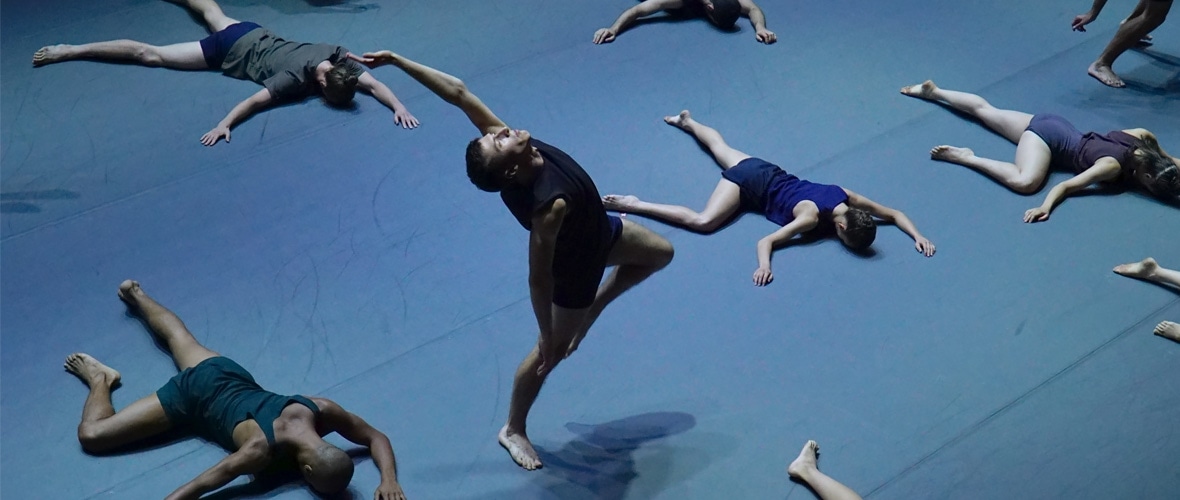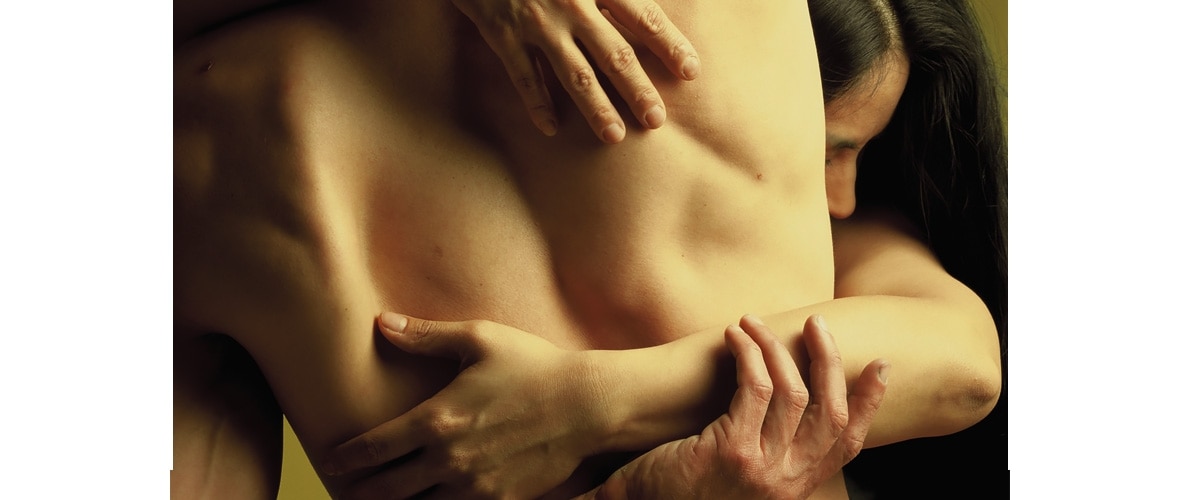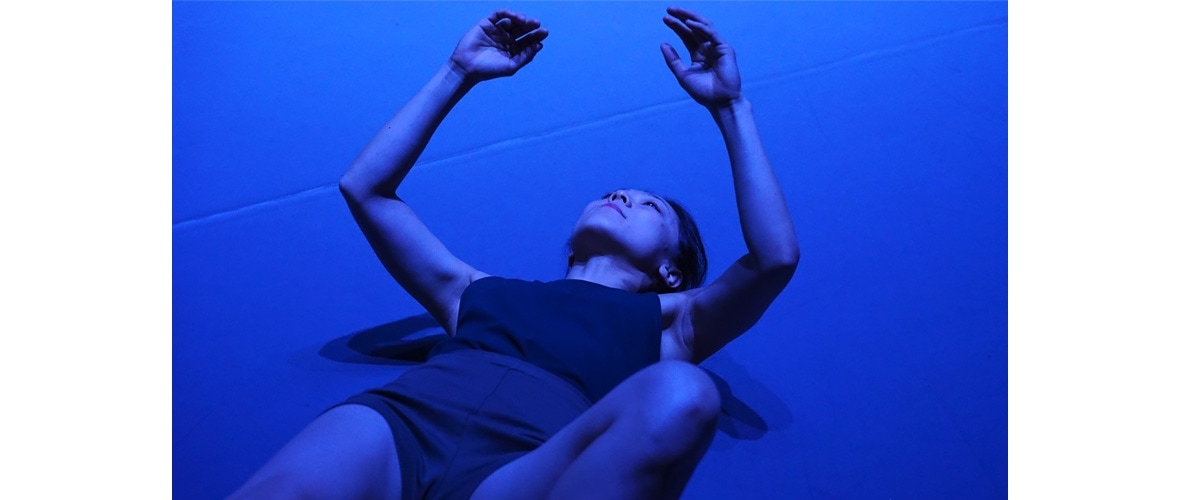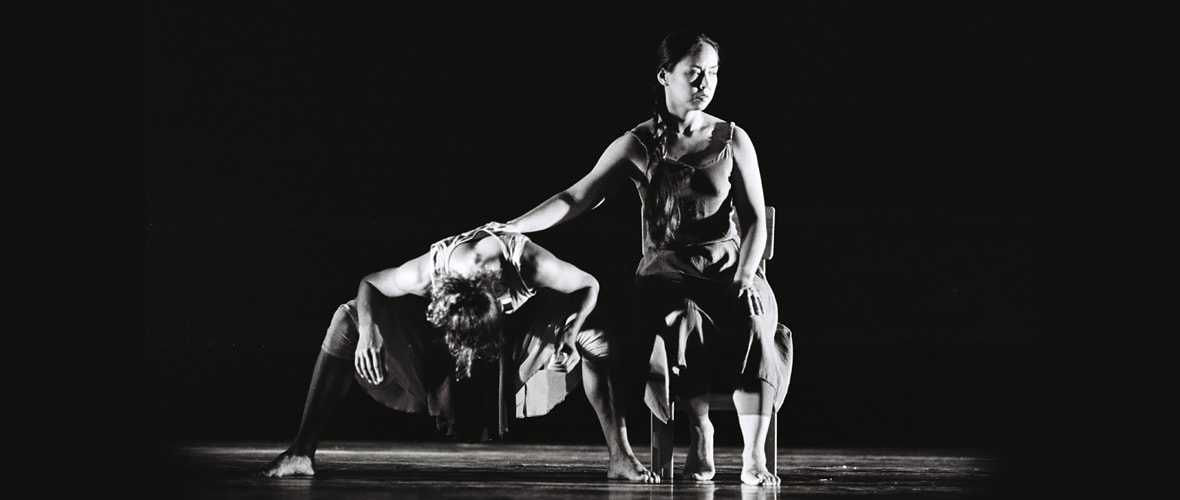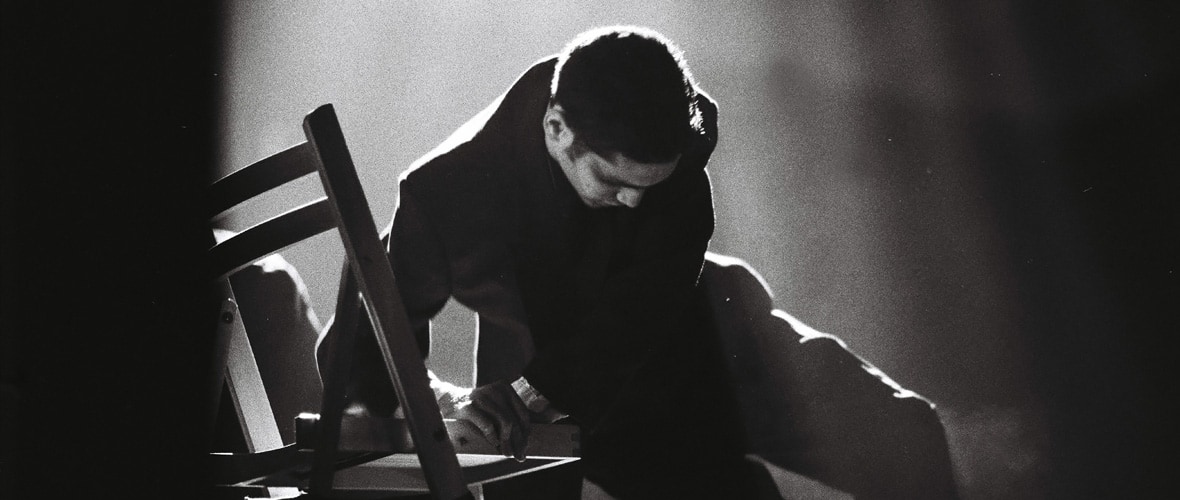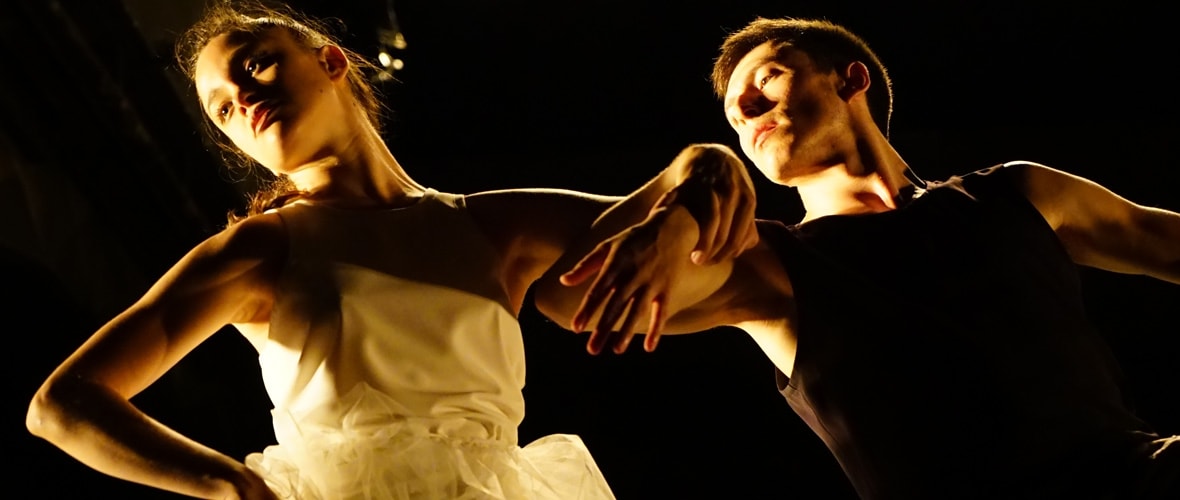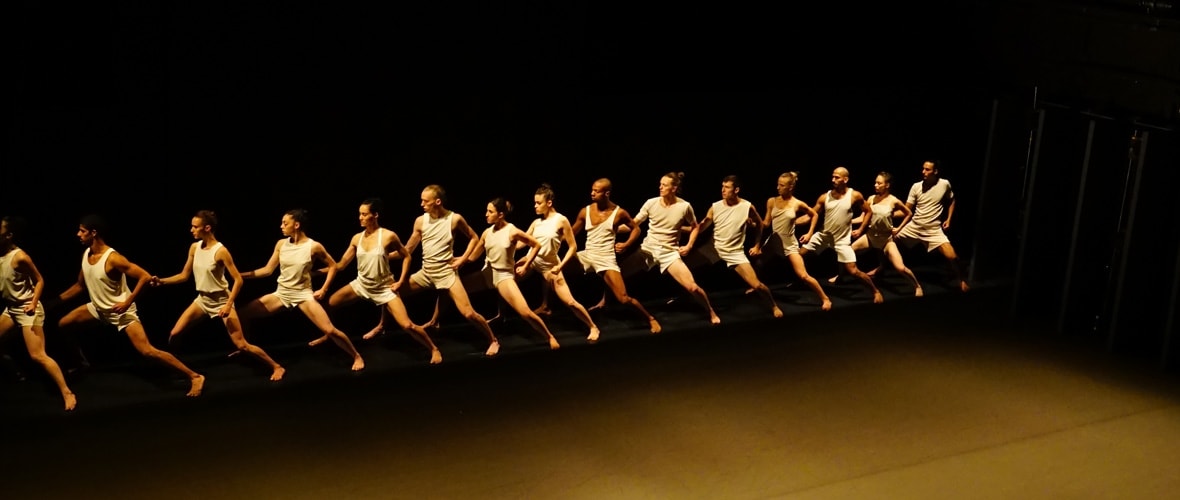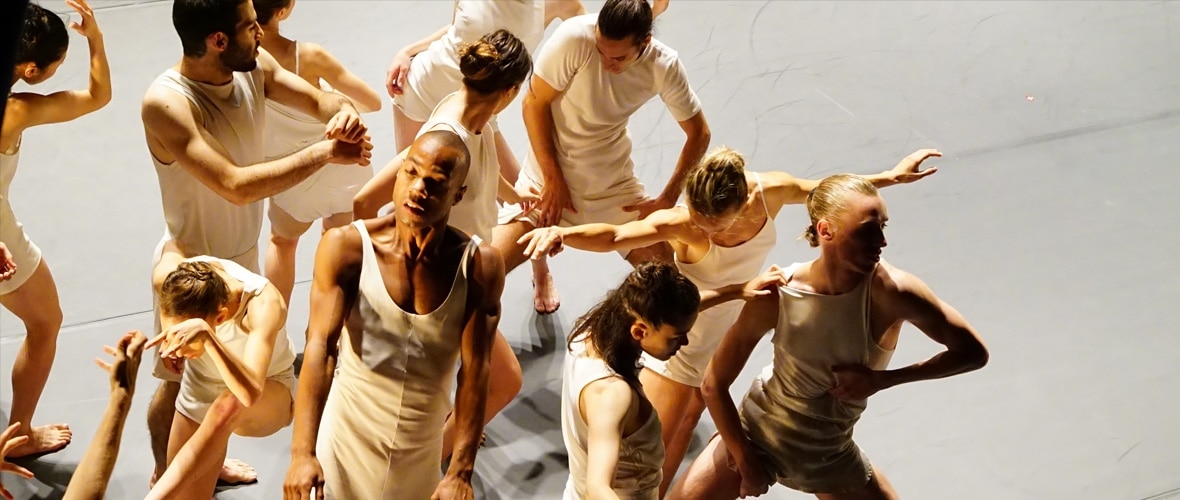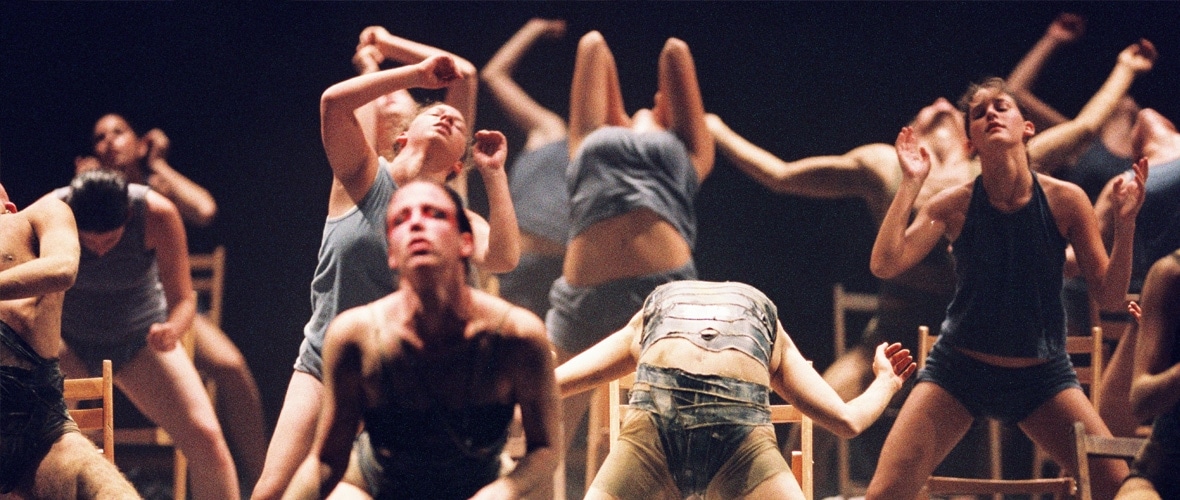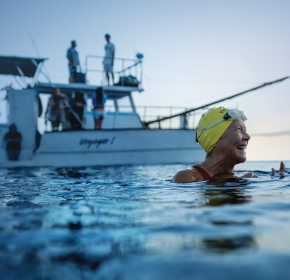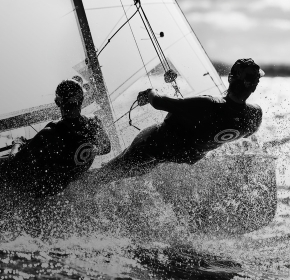What were the challenges that you have faced?
Ohad Naharin believes that the sole idea of the film is in conflict with the very essence of dance, which is its fleeting nature, irrevocable disappearance. So it took us a lot of time to convince him to make this film, and it took quite some time for him to open up to us. During our work we tried to maintain a balance between revealing the talent of our central figure, his art, personal life and extraordinary life experiences. But the biggest obstacle was the fact that Ohad was very careful and reluctant about going back to his part. We didn’t give up though, we decided we’re going to be patient and it paid off. I think that at one point Ohad figured out that Tomer has become an expert on his art, an archivist, tracker of ties between his biography and choreography, and that there’s a chance that the film would touch upon something very important. We have built a relationship based on mutual respect and trust.
